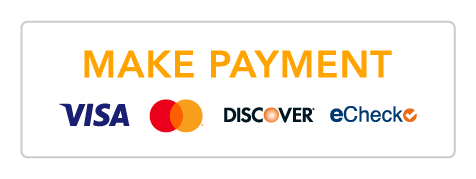Class is back in session for the 2022-2023 academic calendar, making it a great time to start thinking about saving for your children’s college. We know that you want what every great parent wants: to see your child succeed and soar to new heights, and you will do whatever it takes to support them along the way.
A large part of this includes planning for their educational future. There are many ways to do this, but a popular method is setting up a 529 college savings plan. The already high cost of college only continues to increase year after year, so gifting your kids the ability to graduate debt-free will put them in a better financial position than many of their peers. While the task might sound daunting and unattainable with the growing cost of higher education expenses, our team is well equipped to advise you on several education saving accounts that can be tax advantageous. Here is what you need to know about 529 plans before getting started.
What is a 529 Plan?
A 529 plan is a tax-advantaged savings plan designed to encourage saving for future education costs. 529 plans, legally known as “qualified tuition plans,” are sponsored by states, state agencies, or educational institutions and are authorized by Section 529 of the Internal Revenue Code. There are two types of 529 plans: prepaid tuition plans and education savings plans. All fifty states and the District of Columbia sponsor at least one type of 529 plan. In addition to higher education expenses, up to $10,000 of your 529 plan can be used for tuition expenses for K-12 private schools.
529 Plan Tax Benefits
A 529 savings plan works similar to a retirement account like your 401(k) or Roth IRA by investing your after-tax contributions in mutual funds, ETFs, and other investments. They can offer federal tax breaks and can be used from Pre-K all the way to college or other professional schools. Your investment grows tax-deferred and can be withdrawn tax-free if the money is used to pay for qualified higher education expenses.
Can you save too much in a 529 plan?
Withdrawals can be made tax-free if they are used on qualified education expenses. However, if your savings exceed the cost of your education expenses or your child receives scholarship money that you didn’t plan on, you could pay taxes plus a 10% penalty on the difference.
To ensure you aren’t over saving, consider only saving 75% of what you need. If you anticipate your child’s higher education expenses will be $100,000 throughout their time at college, save $75,000 and invest the remaining amount in a different type of investment account. This allows you to save most of your child’s educational expenses while not paying penalties.
Suppose you have already saved more than you need. In that case, you can name another beneficiary for the account (anyone in the original beneficiary’s family) or consider waiting to see if your child pursues an advanced degree. Another route is to have this money accumulate tax-free as an education account for future grandchildren. Does another family member have student loans? Another use for leftover funds is the ability to repay up to $10,000 in qualified loan debt.
Who should open and fund a 529 savings plan?
A 529 plan can only have one account owner, and this owner, not the beneficiary, has legal rights to the account funds. This person can be a parent, grandparent, or any other adult saving for future education expenses.1 Students can technically open an account for themselves once they are 18 years old. Although it won’t allow them much time to save, it may allow them to claim a state tax deduction for their contributions.2
Anyone can open a 529 plan, meaning a mother, father, grandparent, aunt, uncle, etc. However, if you are looking to assist in a student’s college funding and they already have an established account, you may consider contributing to the 529 plan owned by the child or one of the parents. This is especially true if the student will be applying for financial aid since any money they receive to pay for college from anyone other than a parent will be counted as student income on the following year’s FAFSA. Student income can reduce a potential aid package by as much as 50% of its value.
There is much information out there about 529 plans, and it is easy to get lost in the midst of it all. To make the best decision for you and your family, make sure you are working with a financial professional who can help you save for your children’s college in the most tax-advantageous way. Schedule a call with us today to get started planning your child’s future today.
¹ https://www.savingforcollege.com/article/avoid-these-8-mistakes-when-opening-a-new-529-plan-account
² https://www.savingforcollege.com/article/who-can-open-a-529-plan


